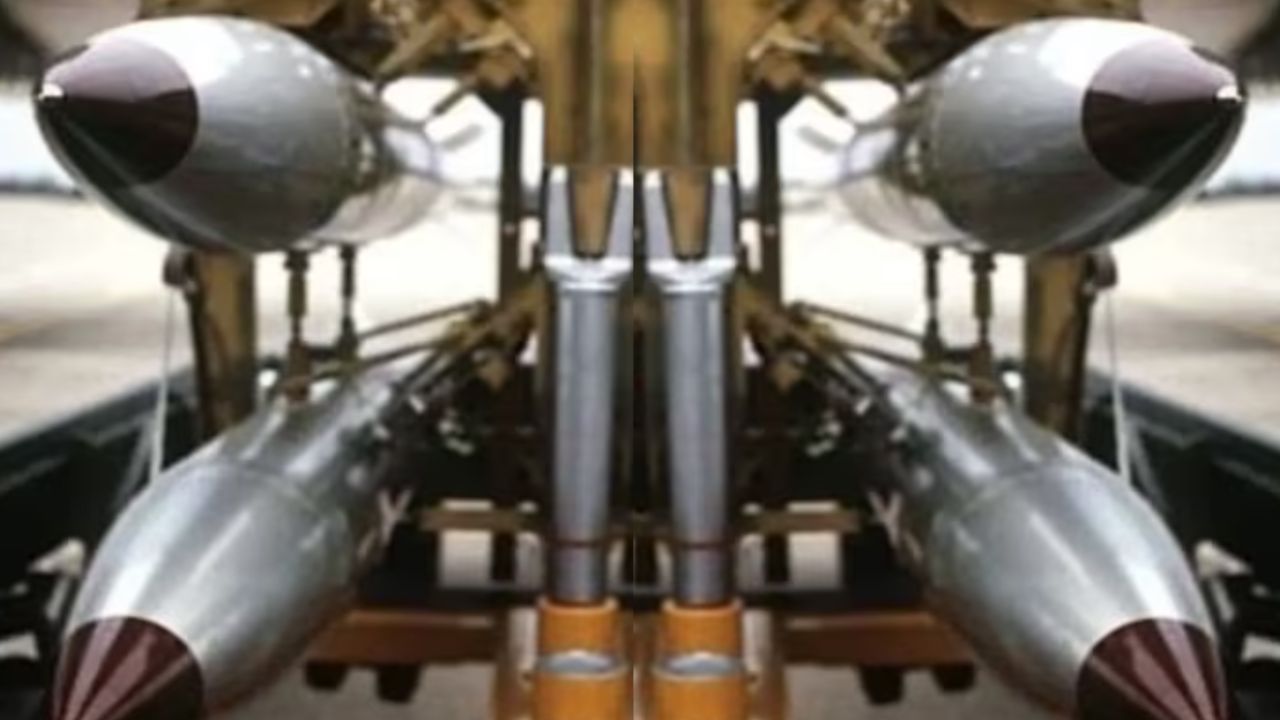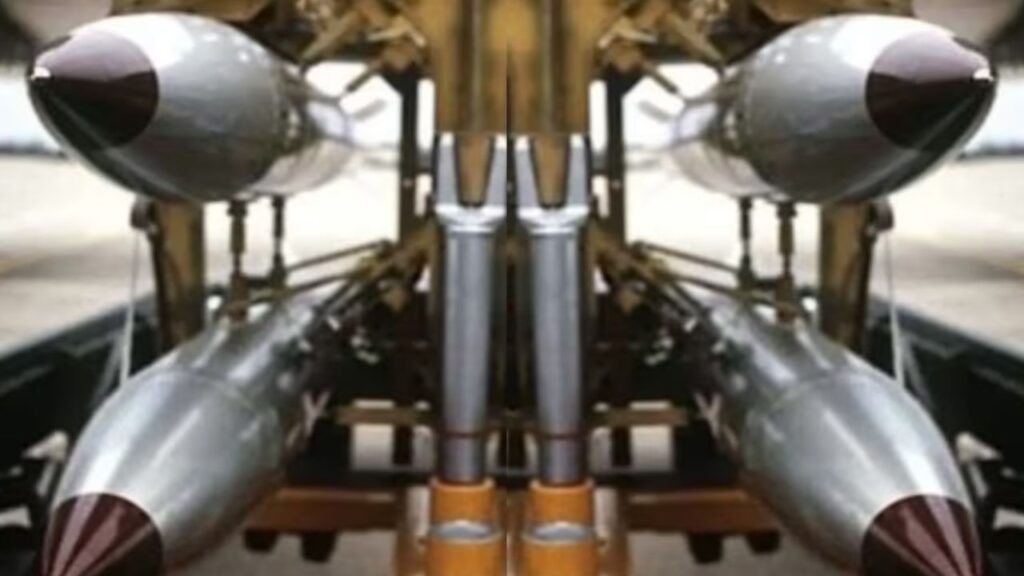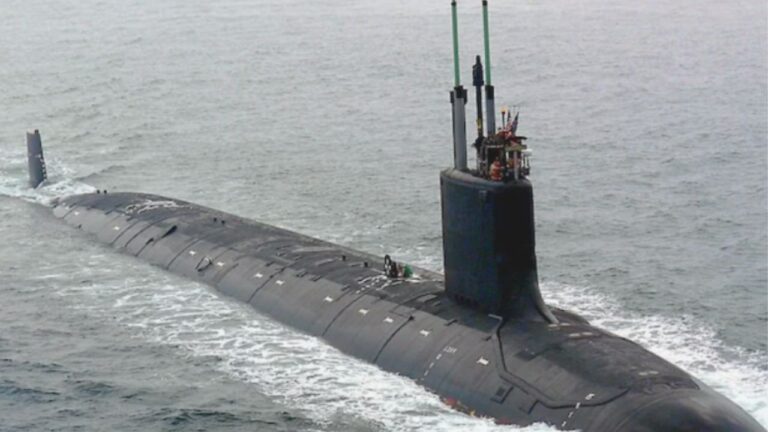
Return of the Bomb: US Likely Moves Nuclear Weapons Back to UK for First Time Since 2008, Says Explosive Report
In a move that’s sending ripples through international defense circles, a new report suggests that the United States has quietly redeployed nuclear weapons to the United Kingdom — marking the first such deployment since 2008. The revelation, which comes amid rising global tensions and renewed fears of a Cold War-style arms race, is being described as a “strategic reset” in Western deterrence policy.
What the Report Reveals
According to an exclusive investigation published by the Federation of American Scientists (FAS) and corroborated by military observers, the U.S. is believed to have reintroduced nuclear warheads at RAF Lakenheath, a Royal Air Force base located in Suffolk, England.
The base, which is operated by the United States Air Force (USAF), had previously hosted B61 tactical nuclear bombs during the Cold War and up until their removal in 2008. Now, 17 years later, signs suggest those weapons — or a modernized version of them — may be returning.
Key Indicators of Nuclear Redeployment
Though neither Washington nor London has officially confirmed the move, several clues have led experts to believe the deployment is underway or imminent:
- Defense budget documents reveal investments in “special weapons storage vaults” at RAF Lakenheath — a terminology historically linked to nuclear-capable infrastructure.
- Satellite imagery shows construction activity consistent with nuclear storage upgrades, including reinforced bunkers and new security perimeters.
- Personnel movements, security enhancements, and joint military exercises focused on nuclear readiness protocols have been observed at the base since mid-2024.
- Declassified documents from NATO’s infrastructure modernization programs reference RAF Lakenheath as a “nuclear burden-sharing site.”
Why Now? Rising Global Tensions and NATO’s New Posture
The suspected redeployment comes at a time of increased geopolitical volatility:
- Russia’s war in Ukraine continues to escalate, with President Vladimir Putin hinting at nuclear capabilities in recent speeches.
- The NATO-Russia relationship is at its lowest point since the Cold War, prompting many alliance members to demand stronger deterrence measures.
- China’s growing nuclear arsenal and assertiveness in the Indo-Pacific region have triggered a global rethink of nuclear posturing.
- The recent deployment of Russian tactical nukes to Belarus has also added urgency to NATO’s counterbalancing moves.
Experts suggest that the return of U.S. nuclear weapons to British soil is part of a broader NATO strategy aimed at reinforcing European defense, signaling resolve to adversaries, and preparing for a more uncertain future.
UK’s Role: Silent Partner or Strategic Ally?
While the UK government has not commented publicly, defense analysts believe Britain is fully on board with the redeployment. Under NATO’s nuclear sharing agreement, weapons remain under U.S. control but are hosted and supported by allied countries.
RAF Lakenheath, home to the USAF’s F-35A Lightning II jets, is a particularly suitable site. These fifth-generation aircraft are dual-capable, meaning they can deliver both conventional and nuclear payloads — making them a key part of NATO’s nuclear strike capability.

What Are B61 Nuclear Bombs?
The nuclear weapons believed to be redeployed are likely the upgraded B61-12 bombs — compact, precision-guided gravity bombs with variable yields. These bombs are more accurate and versatile than their Cold War predecessors and are designed for deployment via aircraft like the F-35A.
Features of the B61-12:
- Variable yield options (0.3 to 50 kilotons)
- Precision guidance via tail kits
- Compatibility with advanced NATO aircraft
- Designed for use in tactical and limited strategic scenarios
Global Reaction: Alarm Bells and Strategic Calculations
The report has sparked immediate reactions worldwide:
- Russia’s Foreign Ministry has warned of “dangerous provocations” and accused NATO of “escalating the nuclear threat in Europe.”
- Non-proliferation groups have expressed concern, calling it a setback to disarmament efforts and a breach of the Nuclear Non-Proliferation Treaty’s (NPT) spirit.
- Defense hawks in the U.S. and Europe, however, have welcomed the move as a necessary deterrent in an era of renewed great-power competition.
Expert Opinions
Dr. Hans Kristensen, Director of the Nuclear Information Project at FAS, stated:
“The U.S. likely sees this as a calibrated response to emerging threats. But redeploying nuclear weapons to the UK after nearly two decades is no small decision — it’s a major message to Moscow and beyond.”
Meanwhile, former British defense official Sir Malcolm Rifkind remarked:
“This isn’t just about deterrence. It’s also about reassurance to our NATO allies in Eastern Europe, who feel increasingly exposed.”
What It Means for the Future
This potential redeployment marks a significant turning point in Western nuclear strategy. If confirmed, it underscores the end of the post-Cold War nuclear “downtime” and the beginning of a new era in global security — one marked by strategic unpredictability, high-tech arms races, and regional tensions boiling just beneath the surface.
The world is once again stepping closer to the nuclear edge — not with the bombastic threats of the past, but with quiet upgrades, secretive deployments, and powerful messages embedded in military infrastructure.
A Dangerous Balancing Act
The reported return of U.S. nuclear weapons to UK soil signals a chilling truth: the age of nuclear deterrence is far from over. As the global order shifts and old rivalries reignite, the line between preparation and provocation grows increasingly thin.
The bombs may be hidden underground — but the geopolitical message is loud and clear.





